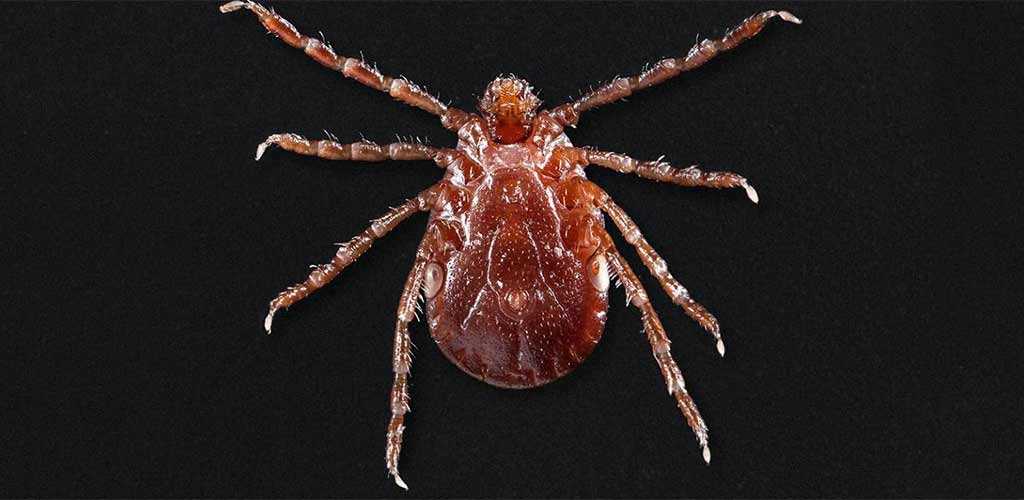The Longhorned Tick
In August 2017 an Essex County New Jersey resident discovered an unusual tick on her Icelandic sheep. After submitting the tick to the New Jersey Department of public health, researchers discovered it was a foreign tick species, The Asian longhorned tick. Since the infected sheep did not travel and was not in contact with other animals researchers concluded the The Asian longhorned tick must have established its self in the country long before being discovered on this New Jersey Sheep.
As its name implies The Asian longhorned tick is originally from Asia. Its known as a persistent threat to livestock in China, the Korean peninsula, and Japan. The Longhorned tick has also spread to Australia and the Pacific islands of New Zealand, Fiji and Hawaii.
The Longhorned tick is usually considered a threat to livestock as it transmits theileriosis, which can cause considerable blood loss and occasional death. However in asia its also known to infect humans with SFTS, short for Severe Fever with Thrombocytopenia Syndrome. The CDC reports SFTS has a fatality rate of 15% in healthy adults and up to 50% in the elderly. SFTS is definitely something to take seriously! Thankfully SFTS has only been associated with the Longhorn tick in Asian countries.
In the united states the Longhorn tick has been reported in eight states, including Arkansas, Maryland, New Jersey, New York, North Carolina, Pennsylvania, Virginia, and West Virginia. The Longhorn tick presents a unique challenge in that its capable of self reproduction called parthenogenesis. This means a single female can self fertilize and lay over 2,000 eggs. This ability makes the Longhorn tick a potentially dangerous invasive species. However using proper Tick Management techniques can reduce your exposure to ticks.
Since the Longhorn tick is still a tick it has the same vulnerabilities as native ticks. Following the Tick Management recommendations such as clearing lawn clutter, increasing sunlight on your yard, and maintaining a border between your yard and woods can help reduce your exposure to ticks.
You might also want to read in “How to apply diatomaceous earth“? or What Smell Repel Cockroaches or “Whats the Best Under the Hood Rodent Repeller“?
